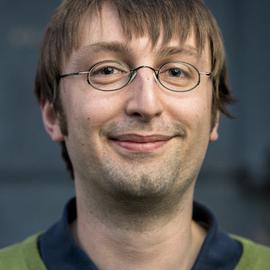Measuring the importance of temporal features in video saliency
Matthias Tangemann,
Matthias Kümmerer,
Thomas SA Wallis,
Matthias Bethge
August, 2020
Abstract
Where people look when watching videos is believed to be heavily influenced by temporal patterns. In this work, we test this assumption by quantifying to which extent gaze on recent video saliency benchmarks can be predicted by a static baseline model. On the recent LEDOV dataset, we find that at least 75% of the explainable information as defined by a gold standard model can be explained using static features. Our baseline model “DeepGaze MR” even outperforms state-of-the-art video saliency models, despite deliberately ignoring all temporal patterns. Visual inspection of our static baseline’s failure cases shows that clear temporal effects on human gaze placement exist, but are both rare in the dataset and not captured by any of the recent video saliency models. To focus the development of video saliency models on better capturing temporal effects we construct a meta-dataset consisting of those …

Matthias Tangemann
PhD candidate

Matthias Kümmerer
Postdoc
I’m interested in understanding how we use eye movements to gather information about our environment. This includes building saliency models and models of eye movement prediction such as my line of DeepGaze models. I also work on the question of how to evaluate model quality and benchmarking and I’m the main organizer of the MIT/Tuebingen Saliency Benchmark.

Matthias Bethge
Professor for Computational Neuroscience and Machine Learning & Director of the Tübingen AI Center
Matthias Bethge is Professor for Computational Neuroscience and Machine Learning at the University of Tübingen and director of the Tübingen AI Center, a joint center between Tübingen University and MPI for Intelligent Systems that is part of the German AI strategy.